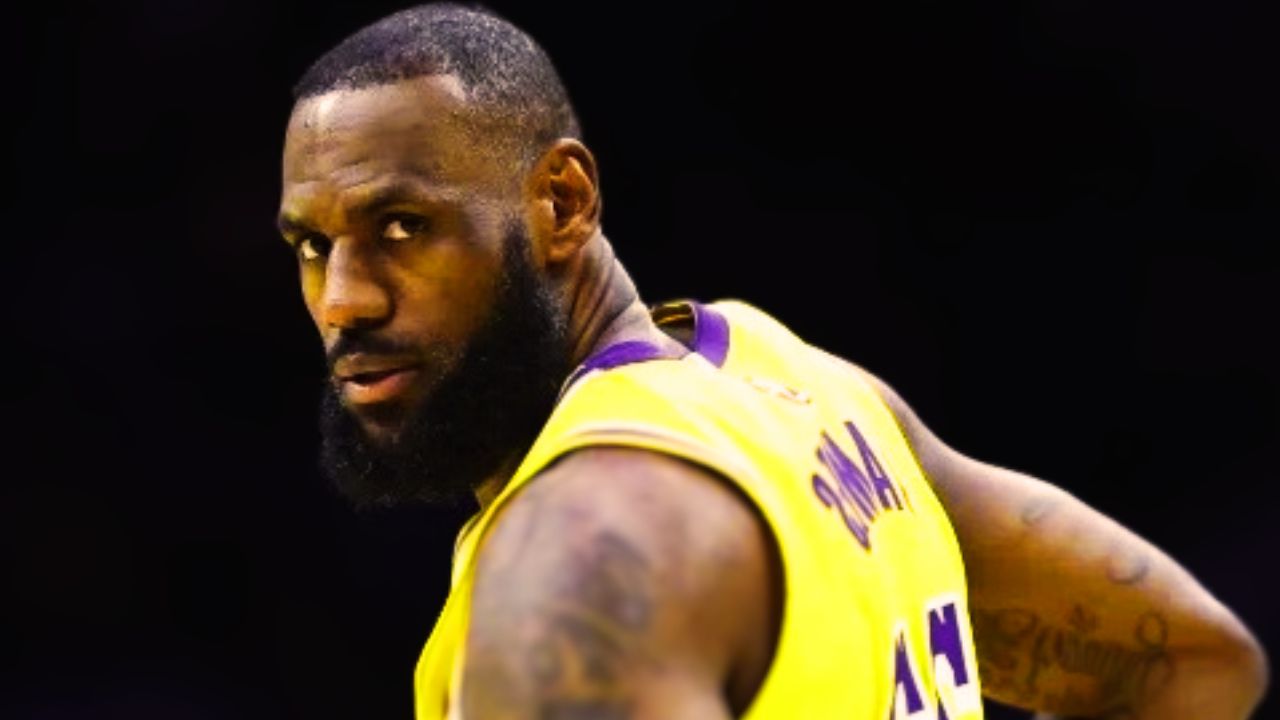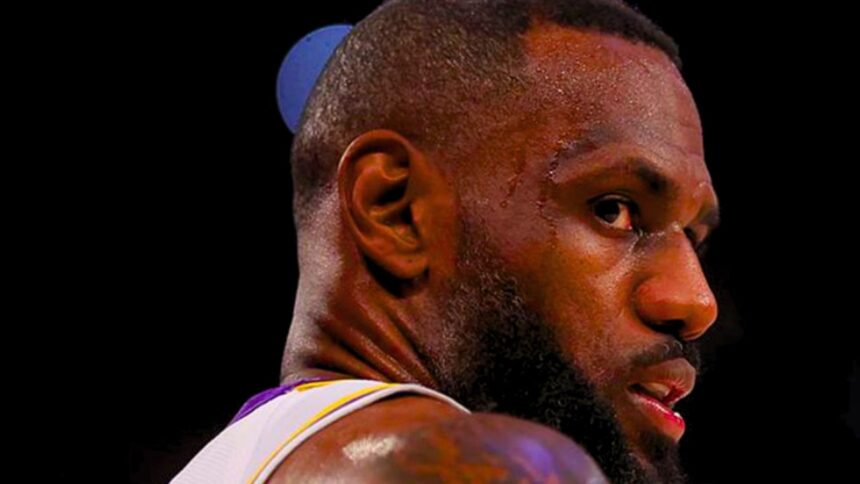LeBron James’ choice to leave from the Cleveland Cavaliers and join the Los Angeles Lakers was not only a change in group faithfulness; it resonated through the monetary scene of Cleveland, leaving a significant effect on organizations, financial backers, and the general economy. The repercussions of his move were felt a long ways past the bounds of the ball court, as investigators and specialists dug into the perplexing trap of monetary ramifications.
The peculiarity of whiz competitors impacting economies is definitely not a clever idea. LeBron James, frequently hailed as the ‘King’ of basketball, uses a huge financial clout any place he goes. His takeoff from Cleveland to Miami in 2010 sent shockwaves through the Cavaliers establishment, with their worth plunging from $476 million to $355 million in a solitary year, as detailed by sources.
Past the domain of sports, proficient competitors play rose above their parts to turn out to be strong brands, drawing in organizations, sightseers, and financial backers to their particular urban areas. Cleveland encountered a flood in fame and monetary action during LeBron’s residency with the Cavaliers, changing into a flourishing center for b-ball devotees and enterprising endeavors the same.
Conversations encompassing LeBron’s effect on Cleveland’s economy have reemerged in late discussions, with NBA examiners and previous players revealing insight into the getting through tradition of the ‘Akron Mallet.’ Ex-NBA star Jeff Teague and his Club 520 podcast associates addressed the subject, recognizing LeBron’s groundbreaking impact on the city. Brandon Hendricks, one of the hosts, communicated wonder at the financial consequences of LeBron’s flight, accentuating the faltering $48 million disaster for downtown organizations detailed by Cleveland.com.

While Cleveland endured the monetary slump following LeBron’s leave, the expanding influences were tangible across different areas. Statistics from Destination Cleveland uncovered a critical decrease in guest spending, especially in the food and drink industry, featuring the harmonious connection between LeBron’s presence and neighborhood organizations. The fluctuating scene of bars and eateries reflected the recurring pattern of LeBron’s vocation, mirroring the city’s dynamic reaction to his direction.
Besides, the Cavaliers establishment experienced the two pinnacles and valleys in its valuation, arriving at a zenith of $1.3 billion during their title season — a demonstration of LeBron’s groundbreaking effect in the group’s monetary standing. These accounts act as microcosms of LeBron’s more extensive impact on Cleveland’s economy, highlighting the perplexing interchange between sports, business, and local area elements.
As hypothesis mounts in regards to LeBron’s future with the Lakers, one can’t resist the urge to consider the expected repercussions for Los Angeles — a city eminent for its charm, excitement, and ritzy appeal. While the City of Holy messengers might have an unexpected monetary scene in comparison to Cleveland, LeBron’s potential takeoff could without a doubt resound through different areas, flagging a seismic change in the nearby economy.




